|
Experiential learning resources for the innovative educator
Differentiating learning is the world's best classroom management strategy, in my humble opinion, and personal learning plan templates are the perfect tool for personalizing learning in your classroom. But how do you use personal learning plan templates? Let's dive in. Experiential learning is by nature personalized, and part of customizing any learning experience is by letting students take the lead. Student-directed learning gives students voice and choice in what they learn and how they learn it. For students to direct their own learning experiences you (and they) need to have a good idea of who they are and what they need. The end goal is for students to design and develop learning experiences that fit with their academic and personal needs, challenges, strengths, interests, and more. So how do you approach this? How do you make learning personal? How do you use personal backgrounds, needs, experiences, and interests to develop self-directed learning experiences that are meaningful and effective? With personal learning plan templates designed to be co-developed by you and your students. A personal learning plan template is a simple document that students use to guide learning plans and goals for any given time period. Students draw on their unique strengths, challenges, aspirations, goals, and more to develop these personal learning plans. So let's get to the good stuff. What does a personal learning plan template look like? How do students use a personal learning plan? How do you implement and organize personal learning plans? Before reading on I encourage you to grab my free personal learning plan implementation spreadsheet. It is a spreadsheet specially formatted and designed to help you manage and organize PLP-specific checkpoints involved in the development of personal learning plans for each student. The remainder of this blog post walks through the implementation and management of the personal learning plan template that my students use. How to Use a Personal Learning Plan Template to Customize LearningExperiential learning starts with a personal learning plan. Let's go over how I use personal learning plan templates in my experiential classroom to personalize every student's educational journey for as long as they are with me. This is my delivery style. It doesn't mean it will be yours. The idea is to give you inspiration, ideas, and motivation to personalize learning with personal learning plans this year. 1. Distribute Personal Learning Plan Templates to Each Student: The first thing that I do is send a copy of my personal learning plan template (which is editable) to each student. That template is a Google Slides resource that can be sent to students through Google Classroom. My personal learning plan template includes:
If you're curious about what a personal learning plan might look, take a look at my personal learning plan template. If you like the idea of a ready-made PLP to distribute to students asap, mine is available and editable for you customize as you wish. Click the red link! 2. Introduce Personal Learning Plans to Students: Your students may or may not be familiar with personal learning plans. Either way, take the time to go through personal learning plans with them. I include in my intro:
3. Students Complete the "About Me" Portion of the Template: A very important part of making a personal learning plan is having insight about what each student needs. It is difficult to personalize learning if you and your students (or combination of both) haven't identified who they and what they need in order to be happy, passionate about learning, and succeed both academically and personally. One student may feel challenged by reading while another sees reading as one of their greatest strengths. One student might struggle with communication or social emotional skills, while another shines in those areas. One student might be interested in drawing while another finds drawing tedious and uninteresting. You must get to know your students and they must get to know themselves in order to develop a personal learning plan for the year or session. This is where the "About Me" portion of my personal learning plan template comes in. The first part of my personal learning plan template includes several slides that the STUDENTS fill in by themselves. They personalize their PLP template, they list their interests, they discover strengths and weaknesses to build off of, and more. I send my students on their way to complete those slides independently before moving onto the next step. 4. Develop Goals for the Session: After students have completed the "About Me" portion of the personal learning plan template, they can begin to develop goals for the session or time period that the PLP covers. They can write personal goals, academic goals, career goals, etc. You can have students get their goals down in their personal learning plan templates in a variety of ways. I have my students develop goals on their own. They record those goals in the template slide designated for goals. Then I meet with my students one-on-one to co-develop their personal learning plans for the session. I look over their goals at that time and make tweaks if needed. 5. Personal Learning Plan Development Meeting: Developing the actual personal learning plan is the point of all of this. Yes, it's helpful to learn about your students and for them to learn about themselves. That relationship-building piece of the personal learning plan template and process is critical in experiential learning. But it's also important to use that information about each student to help each learner develop a learning plan for the year that makes sense for them. That is what you do in a personal learning plan development meeting. I meet with students one-on-one to go over the first parts of their personal learning plan templates, which includes the "about me" portion that they completed on their own and goals that they've set for themselves. Consider including parents in this meeting. We then use that information to develop a short-term learning plan. I separate personal learning plans into quarters. We create a new PLP or build off of previous ones EACH quarter. That is just my method. You may have a different plan, and that's fine. My personal learning plan template includes a slide where a learning plan is created for the quarter (or whatever timeframe you give it). That plan might include a list of experiential learning activities or projects that the student hopes to complete by the end of the quarter, a list of classes or courses that they will take, standards that they need to meet to graduate, and more. What you and your students write here is completely dependent on the nature of the learning environment, the teacher, the flexibility, the schedule, and more. That is why my personal learning plan template is 100% editable. My students spend about 50% of the day strictly working on self-directed PBL's. Another 10% is a morning meeting, and the remaining hours are dedicated to seminars. Our students choose which seminars they would like to attend, and that choice is largely based on their personal learning plans - their interests, goals, etc. I realize that this is a very unique schedule, so you'll have to figure out what works for you and your students. Play around with the personal learning plan template a bit and customize the process. 6. Revisiting & Utilizing Personal Learning Plans: Revisiting personal learning plan templates is SO important. You and your students easily and quickly forget the plan if it is not front and center. This is how I use personal learning plans throughout the session (for me it's a quarter):
Personal learning plans can be tough to wrap your minds around. It is difficult to articulate how to use personal learning plans, honestly, because they can be used in so many ways. My learning environment was 100% experiential. Yours may not be. So I encourage you to play around with the idea of customizing learning for every student with personal learning plan templates. Both my personal learning plan template and PLP implementation spreadsheet are editable so that you can customize personalized learning to your learning environment, schedule, and more. Improvise! And as always, if you have questions about personal learning plan templates or experiential learning in general, reach out! Play around with personal learning plans if you can. My personal learning plan template is a great way to save some time so that you don't have to start from scratch, but you certainly welcome to develop your own version of a personal learning plan template. Do what works well for you and your learners! Do you currently incorporate personal learning plans into your teaching approach? Tell us in the comments! Personal Learning Resources for High School Students More blog posts on personal learning! Join our experiential learning Facebook group!
Did you know there is an experiential learning Facebook group? Check that out - Experiential Learning Community for K12 Teachers - and join in the discussion about experiential learning ideas! Find us on social media! Follow Experiential Learning Depot on Pinterest, Facebook, Youtube, and Instagram for more on experiential education, and check out my shop for experiential learning resources. Observe. Question. Explore. Share.
0 Comments
Your comment will be posted after it is approved.
Leave a Reply. |
Blog IntentTo provide innovative educational resources for educators, parents, and students, that go beyond lecture and worksheets. AuthorSara Segar, experiential life-science educator and advisor, curriculum writer, and mother of two. Categories
All
|
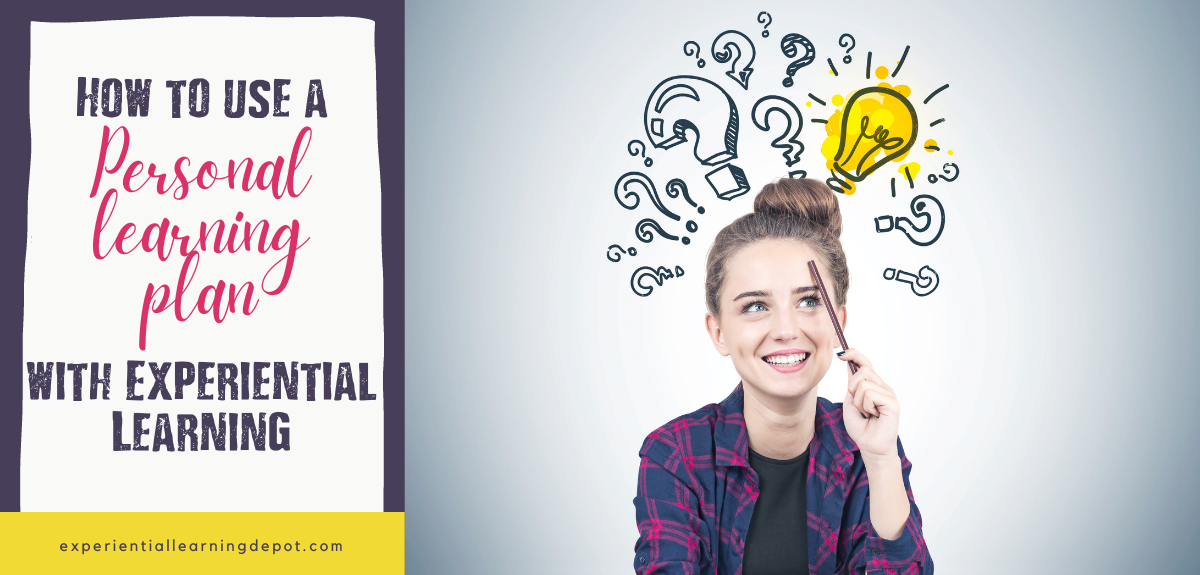
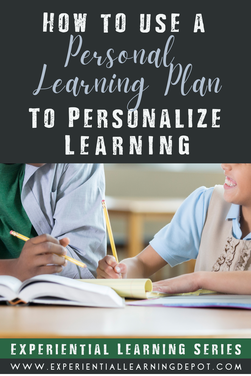
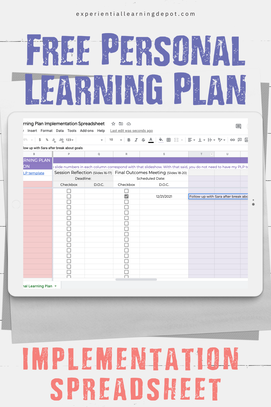
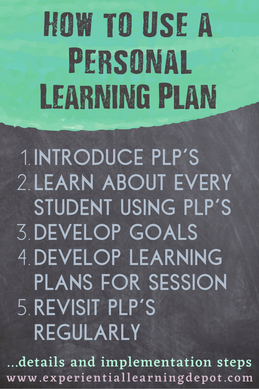
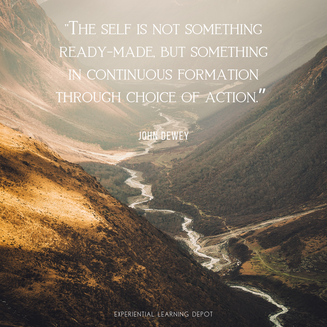
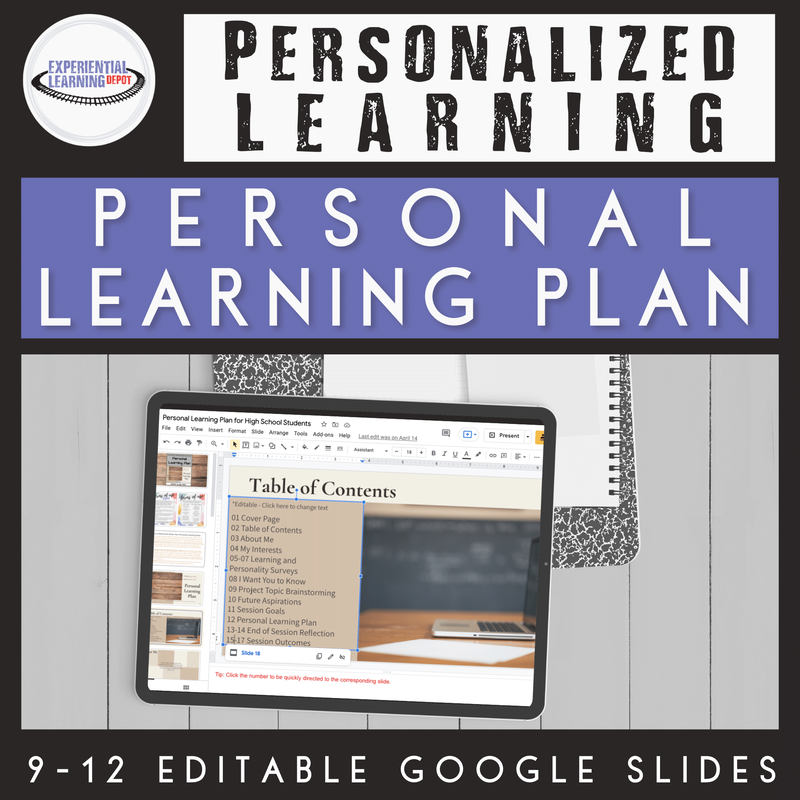
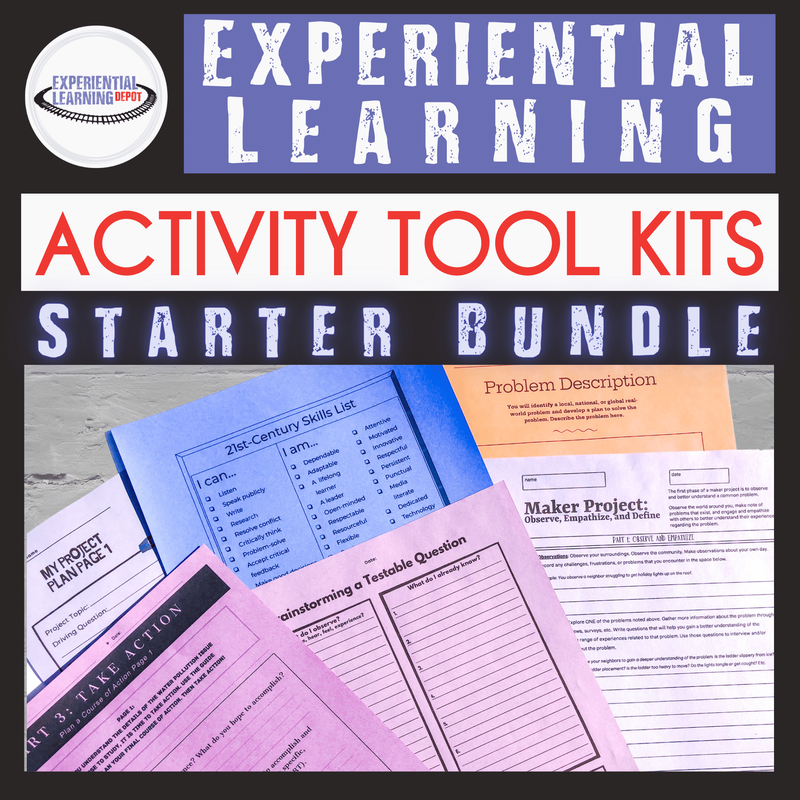
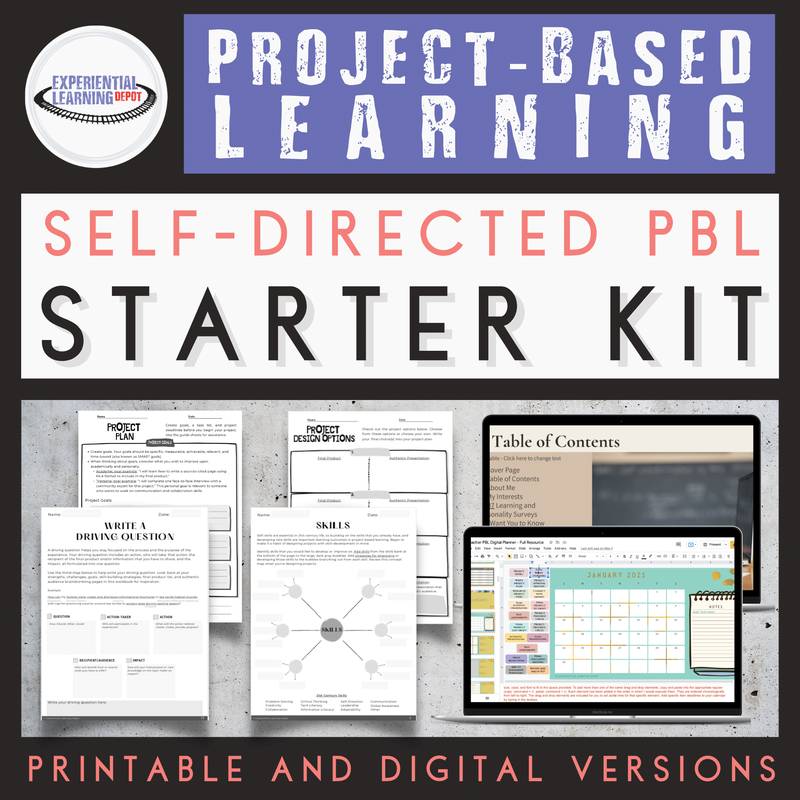
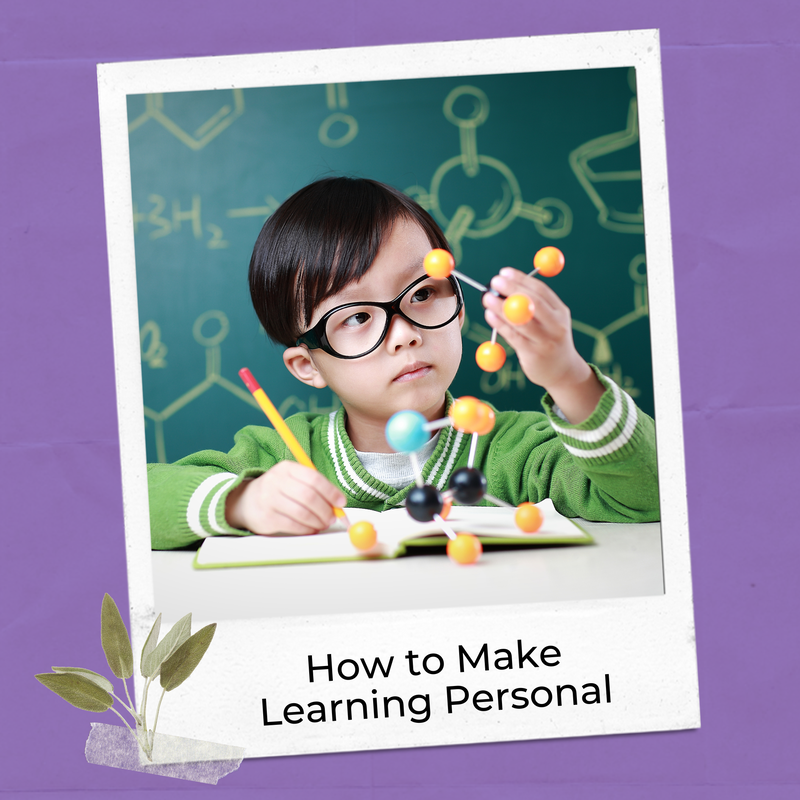
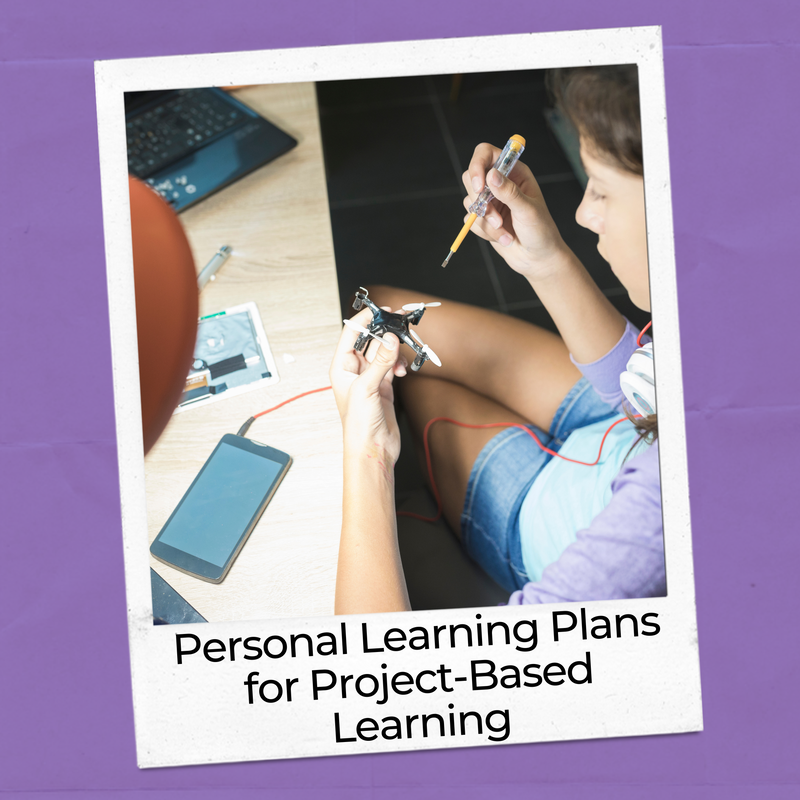
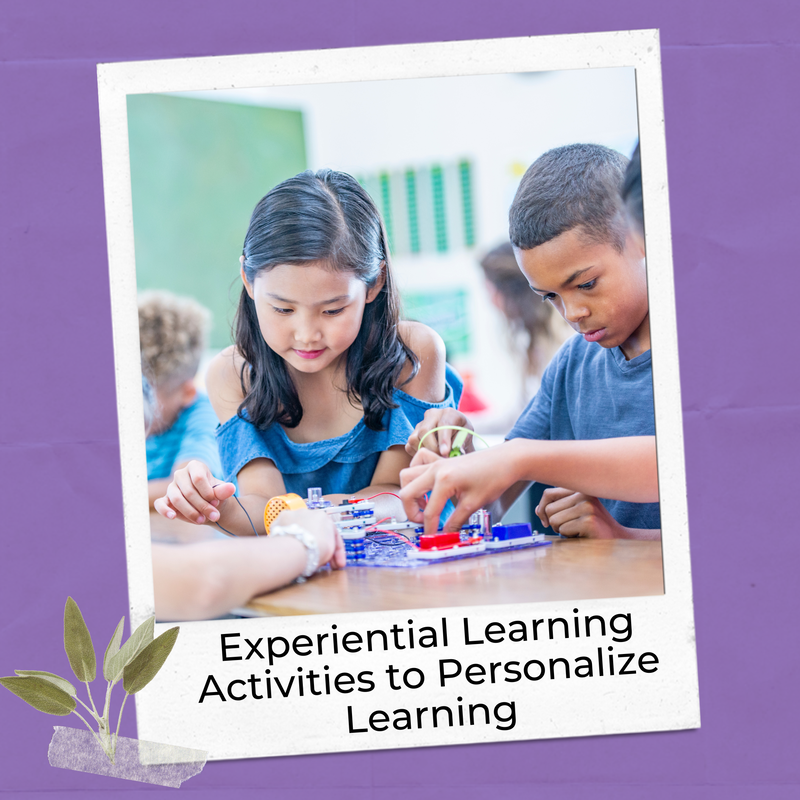


 RSS Feed
RSS Feed